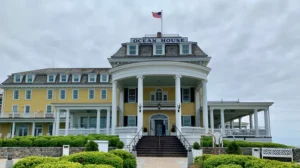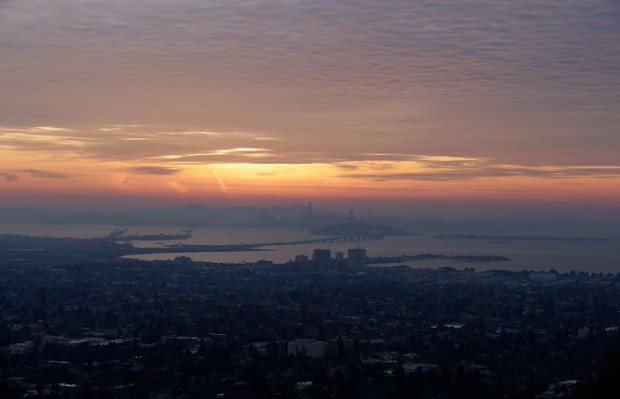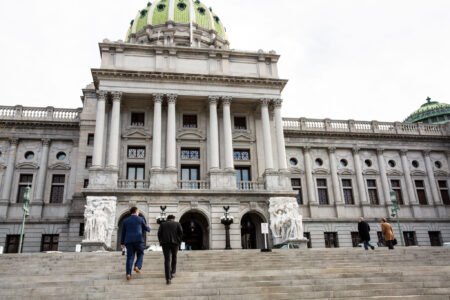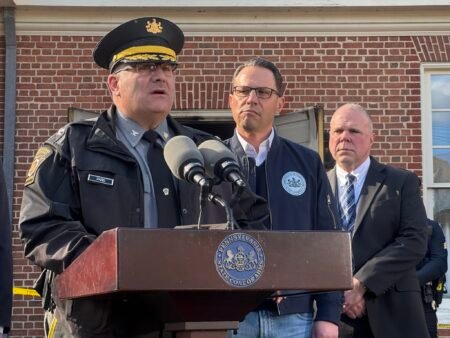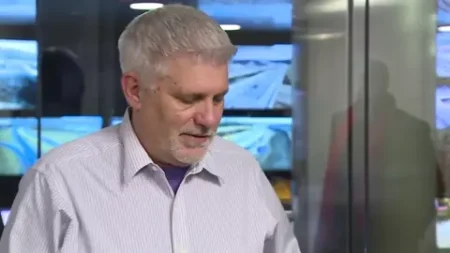A 4.3 magnitude earthquake rattled the San Francisco Bay Area early Monday morning, waking thousands of residents across northern California. The U.S. Geological Survey (USGS) reported the quake struck just east-south-east of Berkeley at around 2:45 a.m.
More than 22,000 people reported feeling the shaking, according to USGS data. Residents described being jolted awake by loud noises and swaying furniture. Many said objects fell from shelves, and some businesses reported broken windows and scattered merchandise.
Despite the intensity of the shaking, no serious injuries or significant structural damage were reported. Emergency officials said 911 received a surge in calls from residents, but assessments confirmed the city remained largely unaffected.
“While 911 received an increase in calls from people who felt shaking, there have been no reports of injuries in San Francisco at this time,” the city’s Department of Emergency Management stated. Mayor Dan Lurie added that first responders were inspecting potential impacts and would provide updates later in the day.
The tremor briefly disrupted public transit. Bay Area Rapid Transit (BART) announced trains were running at reduced speeds while safety inspections were carried out. Commuters were advised of systemwide delays of up to 20 minutes during the early morning commute.
The quake was felt across a wide area, with reports coming in from as far south as Salinas, nearly 100 miles from the epicenter. News anchor Dave Clark of KTVU-TV said the newsroom shook unexpectedly. “It caught everyone off guard,” he posted online.
Although the event caused minimal damage, experts stressed it served as a reminder of the seismic risks facing the Bay Area. “As far as earthquakes go, this is one that people feel, but there’s not a whole lot of impacts,” said Brayden Murdock of the National Weather Service in Monterey.
The Bay Area sits on the Hayward Fault, one of the most seismically active zones in the United States. The last earthquake of similar strength near Berkeley was a 4.4 magnitude event in January 2018. Scientists continue to warn that the region is vulnerable to much stronger quakes in the future, urging residents to prepare emergency kits and review safety plans.
Online, many residents shared their experiences of the early-morning jolt. Some admitted lying awake afterward, waiting for possible aftershocks. For others, the quake was a wake-up call to revisit safety measures in their households.
Authorities encouraged residents to remain cautious but reassured the public that no major aftershocks were immediately expected. Emergency agencies reminded people of the importance of securing heavy furniture, storing supplies, and having an evacuation plan.
While this latest tremor passed without serious consequences, it underscored the need for ongoing awareness in a region long familiar with seismic threats. For many Bay Area residents, the early-morning quake was not just a startling event but also a reminder of the region’s constant exposure to natural hazards.



